One of the more challenging patients encountered in the wilderness setting is the trauma patient, as they are often difficult to move and treat in the field. Pelvic fractures, specifically open-book type fractures, often present significant pain and can have associated life-threatening hemorrhage. The goal of field management of the pelvic fracture is to minimize movement of the broken bony pelvis, thereby reducing bleeding and providing some comfort by minimizing movement. There are a number of commercial devices available for splinting pelvic fractures. However, these are not necessarily the most practical items to carry in the field and are often expensive. Many improvised methods exist, each with their advantages and disadvantages. One of the goals of any wilderness medicine kit is to carry items that are multifunctional, light-weight, and durable. A few of these items include the SAM type splint (SAM Medical products ®), C-A-T® tourniquet, zip ties, and duct tape (Figure 1).
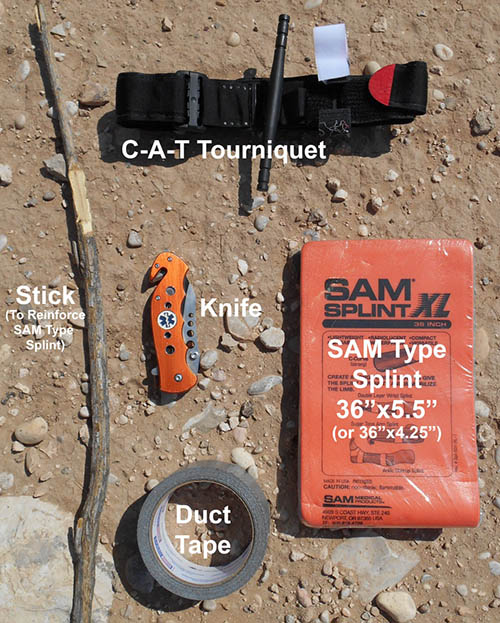
Figure 1 – Materials for Improvised Pelvic Splint.
These items can also be utilized to make a field pelvic splint. We present two novel methods utilizing a SAM type splint as a pelvic binder. The first method utilizes a SAM type splint (36 X 5.5 inch, although a 36 X4.25 may also be utilized) with its ends folded over approximately three inches. A vertical, approximately two inch length cut is made into the foam and aluminum, producing a through-and-through slit which allows enough room to accommodate the width of a C-A-T® tourniquet. A stick, some gauze, or any other object is then inserted between the fold and cuts. This provides stability to the splint and prevents any tearing of the splint (Figure 2).
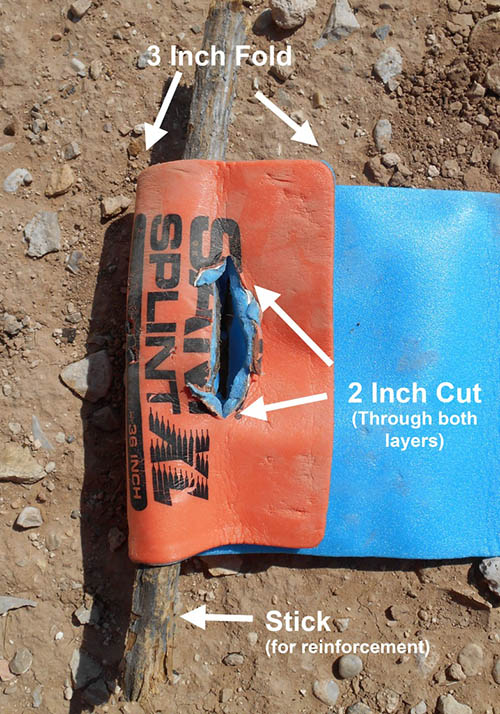
Figure 2 – Detail of Modified SAM-Type Splint. Repeat at other end of splint
A single C-A-T® tourniquet is then fed through one end and out the other. The tourniquet is then cinched down and Velcro fastened to itself in the same fashion as would be used to secure it on an extremity. The windlass on the C-A-T® tourniquet is then utilized to further tighten the splint (Figure 3).
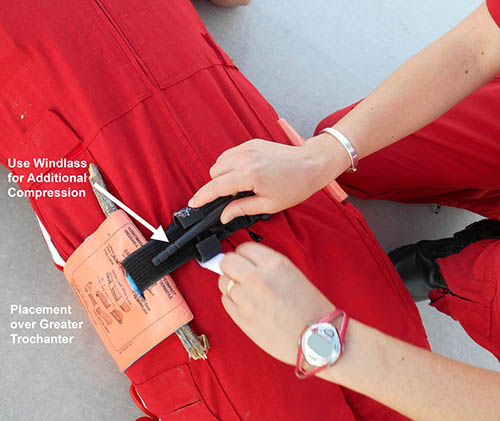
Figure 3 – Placement of C-A-T Tourniquet, SAM-type Splint pelvic splint
We recommend that before the splint is tightened, the patient's feet be secured to one another using either the patients shoe laces or using tape such as duct tape to secure the feet together (Figure 4).
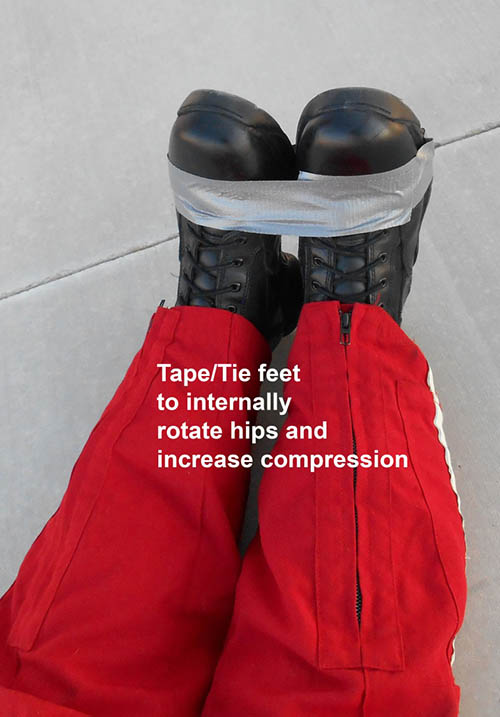
Figure 4 – Taping or Tying the feet together internally rotates the hips further closing the fractured pelvis
This will causes the femurs to internally rotate further, helping to close the pelvis. Due to the narrow width of the SAM-type splints, proper positioning over the greater trochanters is essential for optimal compression. The other method for employing a SAM-type splint as a pelvic splint involves the use of zip ties. We recommend at least 24-inch long zip ties. Again, both ends of the SAM-type splint are folded over approximately three inches. Two holes or perforations are made through the ends in tandem, spaced approximately three inches apart to allow the zip ties to fit through. A stick, some gauze, or any other object is then inserted between the fold and cuts. This provides stability to the splint and prevents any tearing of the splint. The zip ties are then fed through and cinched (Figure 5). All these splints should be placed low enough that they cause closure of the pelvis and not placed high over the iliac crest, potentially causing further opening of the pelvis.
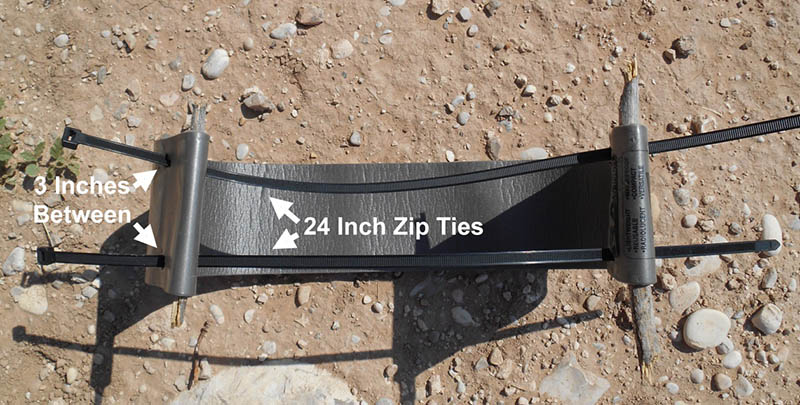
Figure 5 – Zip Tie and SAM-type splint Pelvic Splint.
Posted on November 18, 2014